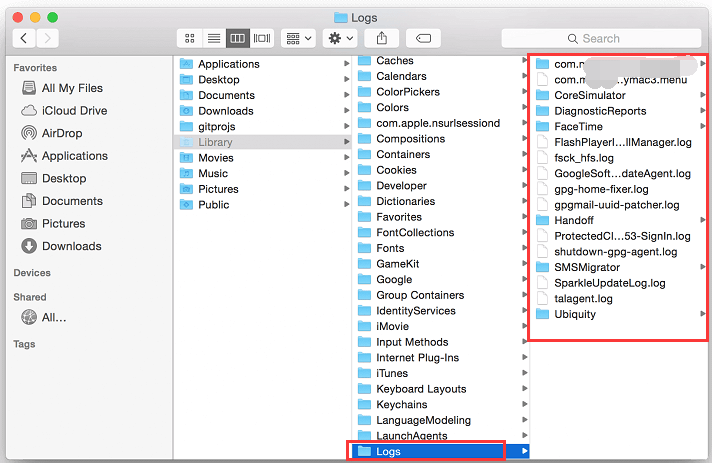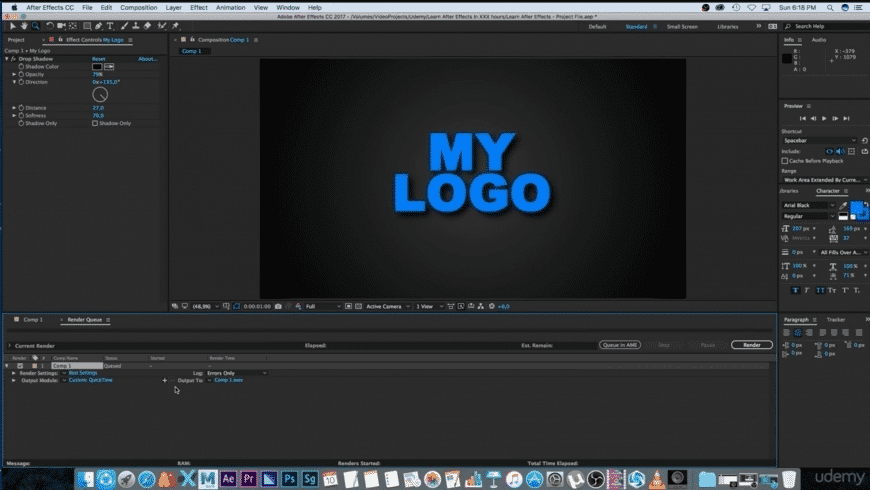In some rare instances, you might need to remove iTunes and related software components before you reinstall iTunes or install iTunes from the Microsoft Store. If you're directed to reinstall iTunes by AppleCare, an article, or an alert dialog, you can do so by following the steps below.
- Once the migration process completes, you'll notice two separate libraries on your Mac: one old iPhoto Library and a new Photos Library. Open Photos and check for any missing information or pictures. Then copy the iPhoto Library to an external hard drive if you want to back it up, and delete it from your main drive.
- Still if you want to delete those directories or files saved as a result of failed or incomplete updates (which takes significant unnecessary storage) you can do so by turning off Mac's SIP temporarily. This is an advanced solution and recommended for advanced users only. It may open up your system for vulnerabilities and needs to done with care.
Instead of looking for iOS software updates on your Mac manually and making decisions about what files you want to delete or leave untouched, you can take advantage of CleanMyMac X. Launch it, hit Scan, and then Clean, and the app will clean your Mac from unneeded data cluttering your system, Trashes and iPhoto library (if you have one), including outdated iOS software updates. 18 hours ago In case the podcasts have already been installed on your Apple device. Here’s what you can do to get rid of the redundant podcasts all at once. Go to Settings General Touch Storage Podcasts swipe left to delete all shows from the show. 1) Click Downloads in the sidebar. Tap Delete from Library and confirm the deletion. You can also do this for artists, playlists, albums, and individual songs. With the release of this update, Apple rolled out a handy feature.
Media that you buy from the iTunes Store or songs that you import from CDs are saved in your My Music folder by default. They won't be deleted when you remove iTunes. Although it's highly unlikely that you'll lose any of your iTunes Library when following the steps below, it's always good practice to make regular backups of your iTunes library.

Mac Remove /library/updates
If you need help downloading or updating iTunes from the Microsoft Store, contact Microsoft for help. If you can’t update or install iTunes for Windows and you downloaded it from Apple's website, learn what to do.
Remove iTunes and its related components
If you need help uninstalling these components, follow these steps:

Uninstall iTunes and related software components in the following order:
- iTunes
- Apple Software Update
- Apple Mobile Device Support
- Bonjour
- Apple Application Support 32-bit
- Apple Application Support 64-bit
On some systems, you might see two versions of Apple Application Support or iTunes. This is expected. If you see two versions, be sure to uninstall both.
Don't uninstall these components in a different order, or only uninstall some of them. Doing so might have unintended effects. After you uninstall a component, you might be prompted to restart your computer. Wait to restart your computer until you're finished removing all of the components.
Make sure that iTunes and its related components are completely uninstalled

In most cases, removing iTunes and its related components from the Control Panel will remove all supporting files belonging to those programs. In some rare cases, files might be left behind. After you remove iTunes and its related components, follow the steps below to locate and remove any additional supporting files.
- Press the Windows and R key on your keyboard to open the run command.
- In the Run window, enter:
%programfiles% - Click OK to open the Program Files folder.
- Delete the following folders, if they exist:
iTunes
Bonjour
iPod
If you see a message that reads 'Cannot delete iPodService.exe: It is being used by another person or program,' follow the additional steps at the bottom of this article before proceeding with the rest of the steps below. - Open the Common Files folder, then the Apple folder.
- Delete the following folders, if they exist:
Mobile Device Support
Apple Application Support
CoreFP - Open Local Disk (C:) located in Computer, or whichever hard disk your programs are installed on.
If you're running a 32-bit version of Windows, skip to step 13.
If you're running a 64-bit version of Windows, continue with step 8. - Open the Program Files (x86) folder.
- Find the following folders and delete them, if they exist:
iTunes
Bonjour
iPod - Open the Common Files folder and then the Apple folder.
- Locate the following folders and delete them, if they exist:
Mobile Device Support
Apple Application Support
CoreFP - Open Local Disk (C:) in Computer, or whichever hard disk your operating system is installed on.
- Right-click the Recycle Bin, and select Empty Recycle Bin.
Reinstall iTunes and related components
After you make sure that iTunes is completely uninstalled, restart your computer (if you haven't already). Then get the latest version of iTunes for your PC:

- If you have Windows 10, get the latest version of iTunes from the Microsoft Store.
- If you don't have Windows 10, download and install the latest version from Apple's website.
Can I Delete Library Caches Mac
If the issue persists, get help:
- If you got iTunes from the Microsoft Store, contact Microsoft Support.
- If you downloaded iTunes from Apple's website, contact Apple Support.
If you see an 'iPodService.exe' alert message
Follow these steps if the message 'Cannot delete iPodService.exe: It is being used by another person or program' appears when you try to delete the iPod folder.
- Make sure that iTunes and the iPod Updater utility aren't open.
- Press and hold the Control, Alt, and Delete keys on your keyboard.
- Select Start Task Manager.
- Click the Processes tab.
- Locate the iPodService.exe in the list.
- Click iPodService.exe, and choose End Process.
- Quit Task Manager.